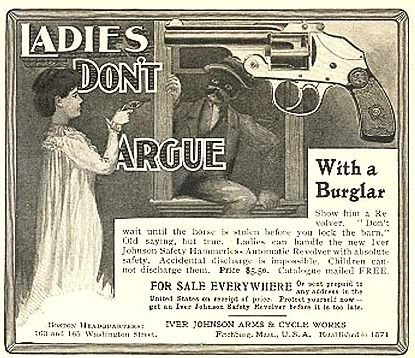Image via NYT, this fully functional AK-47 is as old as my parents (made in 1954) and discovered in a Taliban gun locker in Afghanistan. Photograph by famed AK-47 expert C.J. Chivers
While researching a piece for Works That Work magazine on the endurance of the AK-47, I came across a very surprising little nugget of insight. You see, the AK-47 is like the living-dead of automatice rifles– you can abuse it, never clean it, throw it in a lake for a few weeks, bury it for a couple of decades. And then, just a little digging and minimal dirt removal later and pop! pop!! pop! pop! pop!! the AK will still spew bullets like water through a hose.
Don’t believe me? Just watch the clip below in which an AK-47 that has been buried for 18 years in the dirt of South Africa is excavated and fired.
Okay. Okay. So we all know that AK-47s are durable and all. But what I recently discovered is the reason.
Apparently in the mid-20th century gun manufacturers were concerned about making high quality parts with perfectly fitting components. Gun makers (especially in the US) would use precision machine tools to mill parts with exacting tolerances and little room for imperfection.
But Russian arms makers didn’t have the luxury of such machines. They had to work with relatively primitive assembly plants and a potentially inebriated workforce. So the automatic rifle that came off of the assembly line would rattle if the return spring was removed and tension between the parts was released. But this mediocre construction is the secret to the AK’s success!
From the NYT:
The very fact that its parts were “loose fitting, rather than snug” meant that it was “less likely to jam when dirty, inadequately lubricated or clogged with carbon from heavy firing.” “It was so reliable,” Chivers writes, that even when it was “soaked in bog water and coated with sand” its Soviet testers “had trouble making it jam.”
mind = blown




















